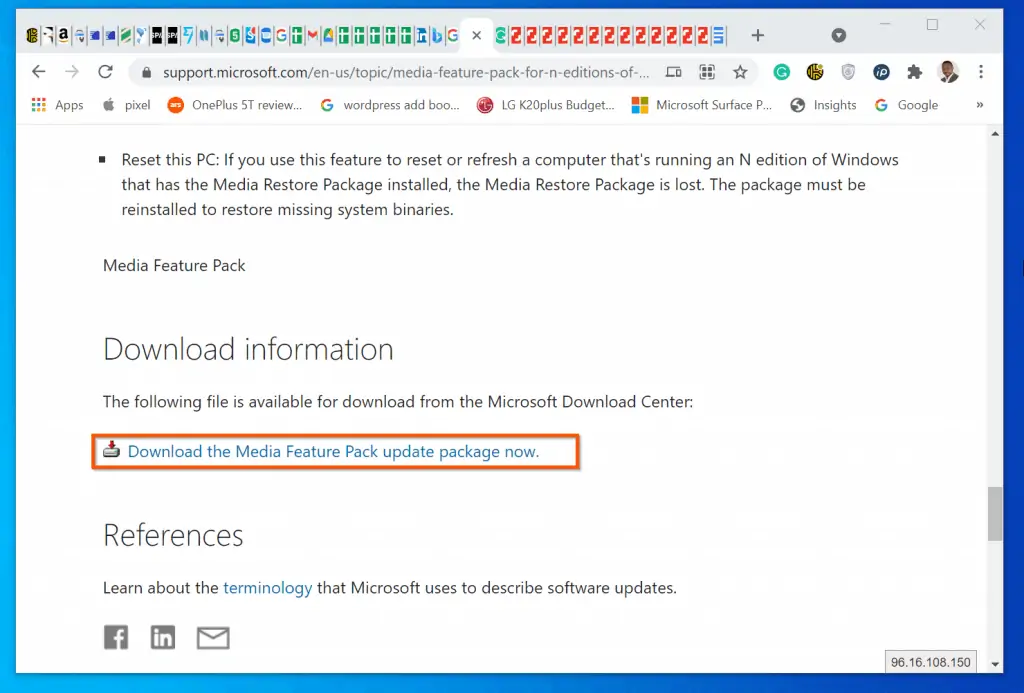Understanding Daylight Saving's Impact

The Basics of Daylight Saving Time (DST)
Daylight Saving Time (DST) is the practice of setting clocks forward one hour from standard time during summer months. This means that people lose one hour of sleep in the spring and gain an extra hour in the fall.
Understanding the Purpose of DST
The main goal of DST is to make better use of natural daylight, creating more sunlit hours in the evening. By moving the clock forward, people can enjoy more daylight during their waking hours, which is believed to conserve energy, promote outdoor activities, and improve overall productivity.
DST in the United States
In the United States, DST starts on the second Sunday in March and ends on the first Sunday in November. During this period, clocks are set forward one hour, typically at 2:00 a.m. local time. This means that people lose one hour of sleep in the spring and gain an extra hour in the fall.
The 2024 Schedule: Mark Your Calendars
Key Dates for Daylight Saving Time
Daylight Saving Time (DST) has been implemented in various parts of the world to make better use of natural daylight during the summer months. In 2024, the schedule for DST is as follows:
- Daylight Saving Time began on March 10, 2024, at 2 a.m. local time. Clocks moved forward one hour, shifting morning sunlight to the evening.
- The time change will revert on November 3, 2024, at 2 a.m. local time, marking the end of DST.
What to Expect During the Time Change
When clocks move forward in March, people lose one hour of sleep as the clocks jump forward. This can cause disruptions to sleep patterns, work schedules, and other daily routines. In November, clocks fall back, and people gain an extra hour.
Prepare for the Time Shift
To minimize the impact of the time change, it's essential to prepare. Here are some tips:
- Adjust your clocks and devices before the time change.
- Gradually adjust your sleep schedule a few days before the change.
- Plan ahead for work, school, and other commitments.
Who Observes DST?
Daylight Saving Time (DST) is a widely adopted practice across the globe, with a significant number of countries and states observing some form of it.
United States
In the United States, all states but two observe DST. Hawaii and Arizona (except for the Navajo Nation, which does observe DST) are the exceptions. This means that a vast majority of the American population is affected by the time change.
Global Observance
Approximately 70% of the world's countries observe some form of DST. This translates to over 140 countries, including most of Europe, Asia, Africa, and the Americas. However, the start and end dates, as well as the duration of DST, can vary significantly between countries and regions.
Notable Exceptions
Some countries near the equator, like Ecuador, Gabon, and Indonesia, do not observe DST due to their relatively consistent daylight hours throughout the year. Additionally, some countries like Japan and India have opted out of DST altogether.
It's essential to note that even within countries that observe DST, there may be regions or territories that opt out. This highlights the complexity and diversity of DST practices worldwide.
The Debate: To Keep or Abolish DST?
The implementation of Daylight Saving Time (DST) has been a topic of discussion for many years, with proponents and opponents presenting valid arguments. In this section, we will delve into the main points of contention, examining the pros and cons of DST.
Arguments in Favor of DST
Some argue that DST conserves energy by reducing the need for artificial lighting, promotes outdoor activities and sports, and boosts economic growth by increasing the number of daylight hours available for shopping and tourism.
Arguments Against DST
Others claim that DST disrupts sleep patterns, leading to fatigue, decreased productivity, and negative impacts on health, particularly for vulnerable populations such as the elderly and young children. Additionally, some argue that the benefits of DST are minimal and do not outweigh the drawbacks.
A Balanced Perspective
While both sides present compelling arguments, it is essential to consider the specific context and location. Some regions may benefit more from DST than others, and individual circumstances can also influence the impact of DST. As we move forward, it is crucial to weigh the pros and cons and consider alternative solutions that balance energy efficiency, economic growth, and public health.
The Future of DST: Will It End Permanently?
The debate surrounding Daylight Saving Time (DST) has been ongoing for years, with proponents arguing its benefits and opponents pushing for its abolition. Recently, a proposal to end DST permanently has been discussed, but no decision has been made.
Uncertainty Surrounds the Future of DST
As the world navigates the complexities of timekeeping, the fate of DST remains uncertain. While some countries have opted out of observing DST, others continue to follow the twice-annual time change. The proposal to end DST permanently has sparked intense debate, with valid arguments on both sides.
Weighing the Pros and Cons
Proponents of DST argue that it conserves energy, promotes outdoor activities, and boosts economic growth. On the other hand, opponents claim that it disrupts sleep patterns, affects health, and is no longer necessary. As the discussion continues, it is essential to consider the potential consequences of abolishing DST altogether.
A Permanent End to DST: What Does the Future Hold?
While a decision has yet to be made, it is clear that the future of DST hangs in the balance. Will we continue to observe the twice-annual time change, or will DST become a relic of the past? Only time will tell. One thing is certain, however – the impact of DST on our lives will continue to be felt until a decision is made.
Preparing for the Time Change
As we approach the Great 2024 Time Shift, it's essential to prepare for the impact of Daylight Saving Time (DST) on our daily lives. Here are some key points to consider:
Update Your Clocks, Devices, and Schedules
Make sure to update your clocks, watches, and electronic devices to reflect the new time. This includes:
- Smartphones and tablets
- Computers and laptops
- Wearable devices and smart home devices
- Alarm clocks and timers
- Schedules for work, school, and social events
Plan for Potential Disruptions
The time change can disrupt our sleep patterns, work routines, and daily activities. Be prepared for:
- Sleep schedule adjustments
- Changes in work or school hours
- Impact on medication schedules and dosages
- Effects on energy consumption and utility bills
Take Advantage of the Extra Evening Daylight
One of the benefits of DST is the extra evening daylight. Make the most of it by:
- Spending more time outdoors and engaging in physical activities
- Enjoying longer evenings with family and friends
- Reducing energy consumption by using natural light
- Improving mental health and overall well-being
Conclusion: Embracing the Time Shift
As we navigate the Great 2024 Time Shift, it's essential to approach the change with a clear understanding and positive attitude. By embracing the time shift, we can make the most of the opportunities it presents and minimize its disruptions.
Understanding DST's Purpose and Schedule
Daylight Saving Time (DST) is designed to make better use of natural daylight during the summer months. By understanding the purpose and schedule of DST, you can better adapt to the time change. In 2024, DST will begin on the second Sunday in March and end on the first Sunday in November.
Stay Informed About Potential Changes to DST Policies
It's crucial to stay up-to-date with potential changes to DST policies, as they can impact your daily routine and planning. Follow reliable news sources and government announcements to stay informed about any changes or updates to DST.
Make the Most of the Additional Daylight Hours
The additional daylight hours can be a great opportunity to enjoy outdoor activities, spend more time with family and friends, or pursue hobbies and interests. Make the most of this time by planning ahead and prioritizing your activities.
By embracing the time shift and making small adjustments to our daily routines, we can navigate the Great 2024 Time Shift with ease and positivity.

















Comments ()